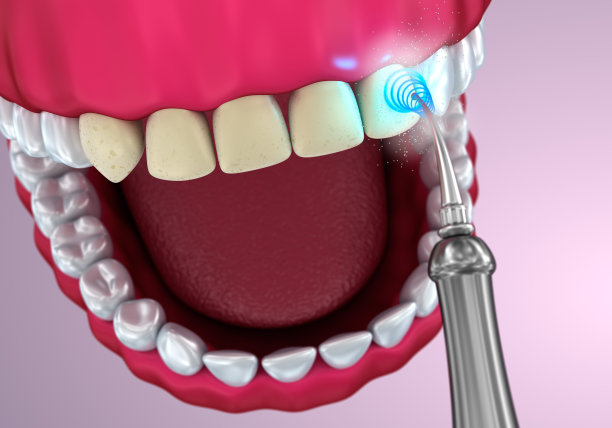Essential Precautions You Need to Take Before Undergoing a Dental Filling Procedure for Optimal Results
Summary: Undergoing a dental filling procedure is a critical step in maintaining oral health and ensuring a bright smile. However, taking essential precautions before the procedure can significantly enhance the results and comfort of the experience. This article outlines key considerations, including understanding the procedure, selecting the right dentist, preparing for potential allergies, and following post-care instructions. Each of these aspects plays a pivotal role in achieving optimal results, ensuring that patients are well-prepared and informed. Taking these steps can minimize anxiety and enhance the effectiveness of the dental filling, fostering a smoother recovery process and better oral health outcomes.
1. Understand the Dental Filling Procedure Fully

Before booking your dental filling appointment, it鈥檚 essential to understand what the procedure entails. A dental filling is typically used to restore a tooth affected by decay, allowing it to function normally again. This understanding can help alleviate any fear or misconceptions about the procedure.
Familiarize yourself with the different types of filling materials, such as composite resins, dental amalgams, or gold fillings. Each type has pros and cons that may affect both the experience and the outcome. For example, composite resins offer a more aesthetically pleasing option, matched to the color of your natural teeth, while amalgams are known for their durability.
Discuss the procedure鈥檚 length and what you can expect regarding anesthesia. Knowing that you will receive local anesthesia for pain management can help ease your apprehensions. Clarity on the process can empower you and make a significant difference in your comfort during the procedure.
2. Choose the Right Dental Practitioner
The selection of the right dentist for your dental filling is critical for optimal results. Research local dentists and check their qualifications, reviews, and experience, particularly with filling procedures. A qualified dentist will have the expertise to perform the procedure efficiently and with minimal discomfort.
Consider scheduling a consultation to discuss your specific dental needs. Use this opportunity to ask questions, assess the dentist鈥檚 communication style and gauge their understanding of your concerns. A good rapport with your dentist lays a solid foundation for a comfortable procedure.
Furthermore, don鈥檛 shy away from seeking recommendations from friends or family. Word-of-mouth referrals can lead you to highly competent dental professionals who have proven their skills through positive past experiences.
3. Prepare for Possible Allergies
Before the dental filling procedure, it鈥檚 crucial to prepare for potential allergies, especially if you have a history of sensitivity to certain materials used in dental work. Inform your dentist about any allergies, whether to latex, particular medications, or dental materials. This discussion should take place during your initial consultation.
Understanding your dental filling materials is equally important. For instance, some patients may be allergic to the metals in amalgam fillings. It鈥檚 essential to communicate your concerns to ensure the materials used are safe for you, preventing any allergic reactions during the procedure.
Additionally, consulting with your doctor about any medications you鈥檙e currently taking can help identify possible interactions with anesthetics or other substances used during the dental filling process. This information ensures that your safety is prioritized.
4. Follow Post-Care Instructions Thoroughly
Thoroughly following post-care instructions from your dentist is vital to ensuring the longevity and success of your dental filling. After the procedure, you may experience sensitivity in the filled tooth and surrounding gums. Understanding what to expect, such as discomfort or the need for over-the-counter pain relief, can ease your transition into the post-procedure phase.
Be mindful of your diet post-procedure. It鈥檚 advisable to avoid extremely hot, cold, or sticky foods for the first few days to minimize discomfort and prevent any accidental damage to the newly filled tooth. Stick to soft foods to aid your recovery process.
Lastly, maintain good oral hygiene during your recovery. Brushing carefully and continuing to follow your regular dental care routine can help keep the area clean, reducing the risk of inflammation or infection around the filling. Regular follow-ups with your dentist will ensure that the filling is settling correctly and that your dental health remains optimal.
Summary:
In conclusion, undergoing a dental filling procedure necessitates taking several essential precautions to ensure both comfort and effective results. Understanding the procedure, choosing the right dentist, preparing for allergies, and adhering to post-care guidelines are critical steps that not only minimize anxiety but also enhance overall dental health. By following these precautions, patients can enjoy a smoother experience and optimize the longevity of their dental fillings.
This article is compiled by Vickong Dental and the content is for reference only.



